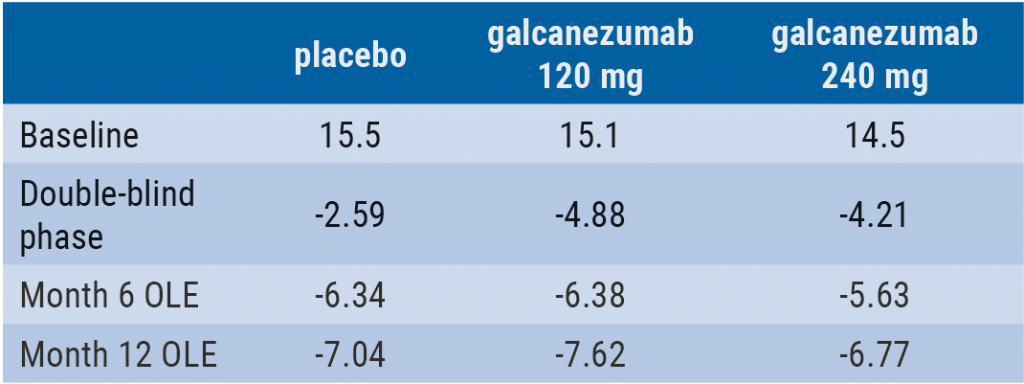"This study is important in that it opens the possibility of safe combined use of both drugs in selected patients and circumstances," study investigator Dr. Richard Lipton, director of the Montefiore Headache Center and vice chair of Neurology at the Albert Einstein College of Medicine, in New York City, told Reuters Health by email.
"People with migraine often mix and match their acute treatments with or without instructions from their doctors. Sumatriptan constricts blood vessels and can elevate blood pressure. Rimegepant is free of cardiovascular contraindications and precautions, but it does block CGRP, a mechanism that dilates blood vessels," Dr. Lipton explained.
"In theory if a patient took a drug that constricts blood vessels (sumatriptan) with a drug that blocks a system that dilates blood vessels (rimegepant) that could potentially raise blood pressure. This report shows us that the combination of sumatriptan plus rimegepant is not different than sumatriptan alone in terms of blood pressure effects, a reassuring finding," said Dr. Lipton.
The study also shows that there is no pharmacokinetic interaction between sumatriptan and rimegepant.
The randomized, partially blinded, placebo-controlled phase-1 study included 42 healthy adult non-smokers.
On the first day, participants were given 12 mg of sumatriptan as two subcutaneous 6 mg injections separated by one hour. From days 2 to 4, they received oral rimegepant or placebo once daily. On day 5, they received rimegepant or placebo, followed two hours later by two subcutaneous 6 mg injections of sumatriptan, separated by one hour.
There were no significant differences in the time-weighted average of mean arterial pressure, diastolic blood pressure, or systolic blood pressure between treatment with rimegepant plus sumatriptan and sumatriptan alone, the researchers report in Cephalalgia Reports.
Co-administration of both agents had no effect on the pharmacokinetics of either drug. Overall, 39 participants (93%) experienced at least one adverse event, most commonly injection-site reaction (60%).
"Rimegepant is often given to people who cannot safely take triptans, do not respond to them or have side effects. Nonetheless, there are many people who have prescriptions for both rimegepant and sumatriptan," Dr. Lipton told Reuters Health.
"When I prescribe them to the same person, I had generally recommended that patients wait 24 hours after taking one drug before they take the other. By showing a lack of blood pressure effects and a lack of interaction with combined use, this study opens the possibility of concomitant use," Dr. Lipton said
"Because the drugs have different mechanisms using them in combination may make sense in people for whom neither drug brings adequate relief. Another possibility is to use one drug first and then rescue with the other if headache response is inadequate to the first. These possibilities merit further exploration," he added.
The study was funded by Biohaven Pharmaceuticals, which manufacturers rimegepant (Nurtec). Dr. Lipton and several coauthors have disclosed financial relationships with the company.
SOURCE: https://bit.ly/3beqCc9 Cephalalgia Reports, online April 29, 2021.
By Megan Brooks
Posted on
Previous Article
« Secondhand smoke exposure tied to oral cancer risk Next Article
Delaying antibiotics safe and effective for respiratory-tract infections »
« Secondhand smoke exposure tied to oral cancer risk Next Article
Delaying antibiotics safe and effective for respiratory-tract infections »
Related Articles
December 7, 2020
Later school start time linked to fewer migraines in adolescents

August 27, 2019
Galcanezumab reduces healthcare resource utilisation
© 2024 Medicom Medical Publishers. All rights reserved. Terms and Conditions | Privacy Policy
HEAD OFFICE
Laarderhoogtweg 25
1101 EB Amsterdam
The Netherlands
T: +31 85 4012 560
E: publishers@medicom-publishers.com

